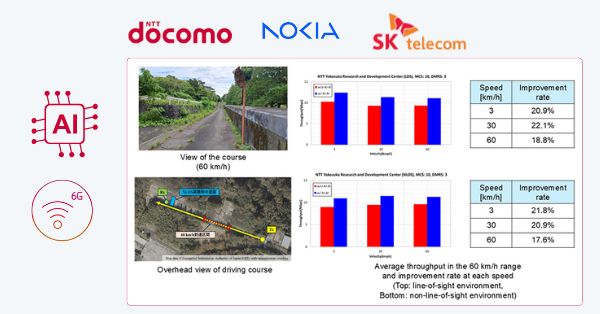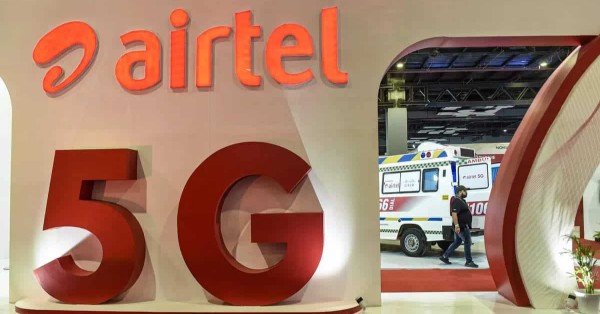Executive Summary: Bezos’ Project Prometheus and Industrial AI
Jeff Bezos is stepping back into day-to-day operations as co-CEO of Project Prometheus, a new AI company reportedly funded with $6.2 billion to build “AI for the physical economy.”
Key Facts: Leadership, Funding, and Hiring
Project Prometheus will be co-led by Bezos and Vik Bajaj, an operator-scientist with leadership experience at Google X, Verily, and Foresite Labs. Early reports indicate the company is targeting engineering and manufacturing tasks across sectors such as aerospace, automotive, and computing hardware. Headcount is already near 100, drawing researchers from OpenAI, Google DeepMind, and Meta, signaling an aggressive push for top-tier AI talent.
This move puts Bezos back in an operating role for the first time since 2021, with timing that aligns to surging interest in AI that interacts with the physical world. The positioning echoes efforts from companies like Periodic Labs, which are building AI systems that incorporate physics-informed models, simulation, and robotics—not just large language models trained on text. The funding size puts Prometheus among the most well-capitalized early AI entrants and squarely in competitive range of Big Tech’s scientific and industrial computing programs from Google, Meta, Microsoft, OpenAI, and Anthropic.
Where Prometheus Fits in the Industrial AI Landscape
Prometheus appears focused on AI that learns from experiments, simulations, and real-world telemetry—areas adjacent to scientific computing and industrial automation, rather than consumer chatbots. This “physical AI” category spans robotics, digital twins, and optimization for processes like design, testing, quality control, and production. It requires models that understand constraints such as materials behavior, safety, latency, and cost. The technical demands differ from LLM-centric stacks, and they shift where compute sits, how data flows, and how networks are architected.
Why Industrial AI Matters for Telecom and Enterprise Infrastructure
Physical-world AI changes the compute-network-storage equation by pushing inference and experimentation closer to factories, labs, and field sites.
Edge-First, Deterministic Networks for Industrial AI
Industrial AI needs predictable latency, resilience, and synchronization. Expect demand for 5G Advanced features (e.g., enhanced URLLC), private 5G/4G, and Wi‑Fi 7 with Time-Sensitive Networking (TSN) to support closed-loop control, machine vision, and autonomous systems. Network slicing and QoS will be critical for segregating safety-critical traffic from bulk data flows. For telcos, this is a chance to package private networks with MEC and AI orchestration, bundled as vertical-specific offers for manufacturing, aerospace, and automotive.
Data Gravity and Industrial Data Pipelines for Physical AI
Training and validating physical AI requires multimodal data—CAD, sensor streams, video, PLC logs, test results—often bound by data residency and IP controls. Enterprises will need robust edge data engineering: OPC UA, MQTT, and DDS integration; lineage and governance; and digital twin frameworks that synchronize models with live operational data. A standardized data fabric across plant, lab, and cloud will separate pilots from scaled deployments.
Compute Scale and High-Speed Interconnects for Simulation and Training
Physics-informed models and high-fidelity simulation will drive heterogeneous compute: GPUs for training, CPUs and accelerators for control loops, and possibly custom silicon. Within data centers, 400/800G Ethernet and InfiniBand fabrics, tighter timing, and congestion control will be essential for large training clusters. At the metro and backbone layers, coherent optics upgrades and dark fiber strategies will follow AI capacity buildouts. Telcos can monetize transport, interconnect, and on-prem GPU-as-a-service tied to industrial campuses.
Cloud-to-Edge Ecosystems and Digital Twins
Prometheus’ domain overlaps with cloud providers’ industrial stacks—data lakes, simulation services, robotics toolchains, and MLOps. AWS is a natural gravitational center given Bezos’ involvement, but Microsoft and Google have strong digital twin, HPC, and robotics portfolios. Carriers should align with one or two cloud partners for co-sell plays, integrate MEC and private 5G with cloud AI pipelines, and support open interfaces to avoid lock-in. O-RAN RIC-based analytics and 3GPP Release 18/19 features can further differentiate telco-operated industrial edges.
Strategic Implications and Risks of Physical-World AI
A well-funded, operator-led entrant raises the bar on talent, partnerships, and time-to-value—along with new execution risks.
Talent Competition and Capital Concentration
A $6.2 billion runway and marquee leadership will intensify hiring competition for researchers and systems engineers with robotics, simulation, and control expertise. Enterprises and CSPs should assume higher costs and longer lead times for niche skills, and consider nearshoring, academia partnerships, and internal reskilling programs to mitigate.
Safety, Compliance, and IP in Industrial AI
Physical AI confers new liabilities: machine safety, product quality, and regulatory compliance across aerospace, automotive, and critical infrastructure. Model governance must extend beyond traditional MLOps to include hazard analysis, traceability, and certifications. Export controls, data localization, and supplier IP protection complicate cross-border training and collaborative labs.
Avoiding Platform Lock-In with Open Standards
The stack will span CAD/PLM, simulation engines, controllers, robots, and AI frameworks. To reduce switching costs, favor open standards and portable artifacts where possible: ONNX for models, ROS 2 for robotics middleware, OPC UA for industrial data, OpenUSD and FMI for digital twins and simulation exchange, and MLCommons benchmarks for comparability. Vendors that align with these ecosystems will be easier to integrate.
Benchmarking and ROI for Industrial AI Deployments
Industrial AI must prove gains in yield, throughput, energy, and time-to-certification. Expect increased use of synthetic data and sim-to-real validation with KPI contracts. Buyers should demand transparent benchmarks, reproducible pipelines, and clear paths to production hardening, not just lab demos.
Next Steps for Operators, Enterprises, and Investors
Operators, enterprises, and investors can act now to position for the physical AI upswing that Prometheus and peers are catalyzing.
Actions for Telecom Operators
Build industrial edge reference architectures combining private 5G, MEC, and data gateways with TSN integration. Pre-integrate with leading cloud AI stacks and digital twin platforms. Offer GPU-capable edge zones in manufacturing corridors and bundle deterministic SLAs. Use O-RAN analytics and RIC apps to optimize radio performance for machine vision and robotics workloads.
Actions for Industrial Enterprises and OEMs
Rationalize data pipelines across plants and labs; deploy an industrial data fabric with lineage and security by design. Pilot physics-informed models on high-value use cases—NDT, process control, design optimization—using a hybrid cloud/edge architecture. Align on open interfaces to keep options open as vendors consolidate. Establish safety and compliance frameworks early.
Actions for Investors and Partners
Expect consolidation around teams that can integrate simulation, robotics, and MLOps into production environments. Prioritize companies with domain-specific datasets, validated digital twins, and channel access to brownfield factories. Monitor partnerships Prometheus forges with cloud, semiconductor, and industrial automation vendors; those signals will shape the near-term standards and routes to market.
Bottom line: Bezos’ return, the capital scale, and the focus on physical-world AI signal a new competitive phase—one that will reward operators and enterprises that can move compute to the edge, standardize data flows, and operationalize safety-centric AI at industrial scale.









































